 |
| Straw rolls for animal feed processing |
Effective
Dozens of cows raised on a family farm and kept in barns by Mr. Nguyen Van Truong in A Luoi town (A Luoi) need a large amount of food. Local sources of green and rough food can hardly meet Mr. Truong's need to expand the number of cows raised.
Being selected to implement a model of processing straw into animal feed and fattening cows at the farm meets Mr. Truong's needs. "The model has been implemented since April and has been successful beyond expectations. My family's dozens of cows not only have a guaranteed food source but also grow quickly. This is an immediate and long-term joy when I have a need, and plan to continue expanding the number of cows," Mr. Truong said excitedly.
Director of the provincial Center for Animal Husbandry, Mr. Chau Ngoc Phi informed that to successfully implement the model of processing straw for animal feed and fattening cattle in A Luoi district, the State has a policy to support 70% of the cost of purchasing rolled straw for feed, concentrated feed and veterinary medicine, 50% of straw for bedding. Households participating in the model will provide breeding cows, straw processing machinery, microbiological preparations, other feed ingredients, 30% rolled straw for feed, concentrated feed, veterinary medicine and 50% straw for bedding.
The raw materials used to process feed for fattening cattle include rolled straw, planted elephant grass, mixed concentrates, bran, corn, cassava flour, banana trees, molasses, salt, etc. depending on the advantages of available raw materials at home and in the locality. After processing, the straw is cut short and softened, then mixed evenly with other ingredients by a machine to create a feed mixture with a pleasant aroma, stimulating the cattle to eat more. Thanks to that, the cattle gain weight quickly, have good disease resistance, and reduce feed consumption. According to calculations by Mr. Truong and agricultural extension officers, with the selling price of beef at 75,000 VND/kg, the model brings in a profit of nearly 64 million VND, with an average profit of more than 2.1 million VND for a fattened cow in 90 days.
Need to replicate the model
On August 20, the provincial Center for Animal Husbandry organized an evaluation of the results of the model of processing straw into animal feed and fattening cattle in A Luoi. The model shows the effectiveness and prospects in promoting the advantages of raising cattle, especially cows, in the district. Currently, in A Luoi district, there are more than 13 thousand buffaloes and cows. One of the difficulties in raising buffaloes and cows is the lack of food in winter, leading to the cattle becoming thin and dying due to hunger and cold. Meanwhile, the annual rice growing area of the district is about 2,150 hectares, with straw output of about 8,600 tons of dry straw, which is a valuable by-product and an advantage for raising buffaloes and cows.
For cattle and buffalo farming, straw is considered a major source of roughage, easy to preserve and store for a long time. However, straw is currently commonly used in its original, unprocessed form, so its efficiency is not high. The characteristics of straw are bulky and low nutritional quality, with a high silica content (12-16%) which is the main cause of poor digestibility. If fed only straw, livestock can only absorb a small amount of nutrients.
Mr. Chau Ngoc Phi said that processing rolled straw with other ingredients to make cattle fattening feed is a model of applying high technology and mechanization in livestock farming. The model also contributes to changing the awareness of livestock households in storing and using straw as cattle feed, especially in winter when there is often a lack of grass. Using straw as a source of livestock feed also helps limit the burning of straw in the fields, which causes many consequences and avoids waste.
To create more income for farmers from collecting and reusing straw in agricultural production and limit the burning of fields, the province has a policy of supporting the development of straw rolling machines, increasing the use of straw in agricultural production. Up to now, straw rolling machines have been widely developed in the province. Taking advantage of this, TTKN has successfully built two models of processing rolled straw for raising cattle on a farm scale.
| To promote the effectiveness of the model, the provincial Center for Agricultural Research recommends that specialized units at the district and commune levels pay attention to assessing people's needs to support the replication of the model of processing straw into animal feed and fattening cattle; plan and support the development of farm-scale cattle fattening and applying mechanization. The Department of Agriculture and Rural Development continues to pay attention to supporting the construction of a small-scale rolled straw processing model, suitable for household farming. At the same time, pay attention to supporting the construction of a model of processing and pressing straw into square bales to facilitate the storage and processing process for livestock farming. |
Source: https://baothuathienhue.vn/kinh-te/loi-ich-kep-tu-che-bien-rom-vo-beo-bo-145292.html



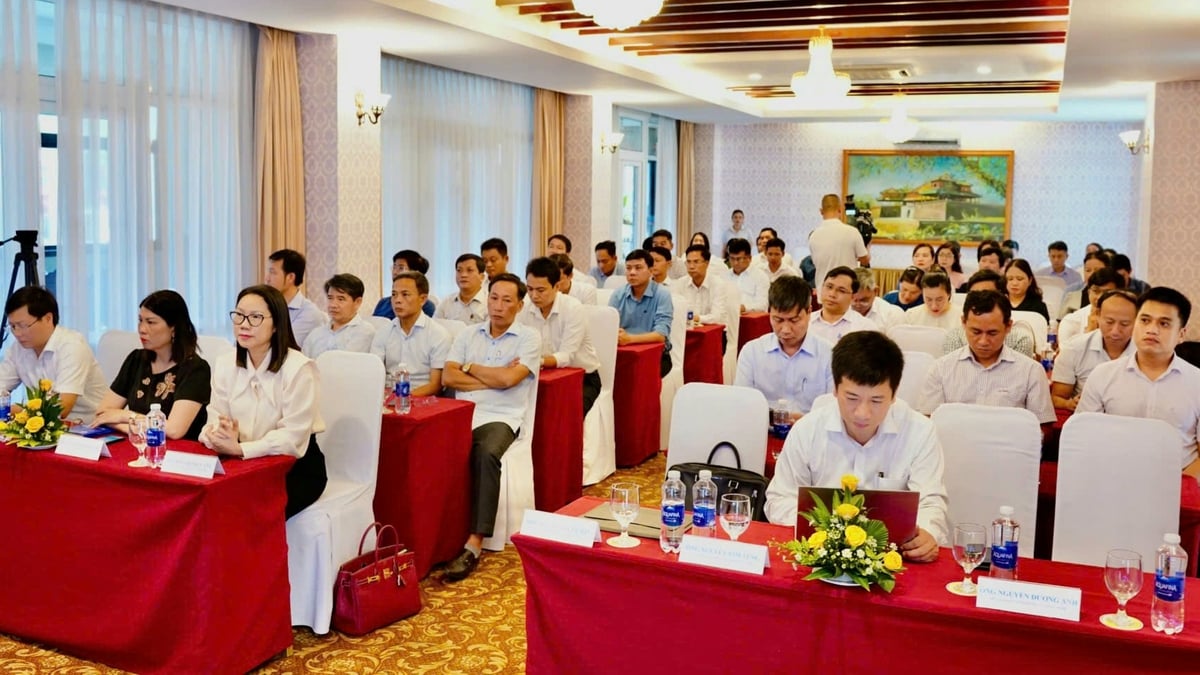
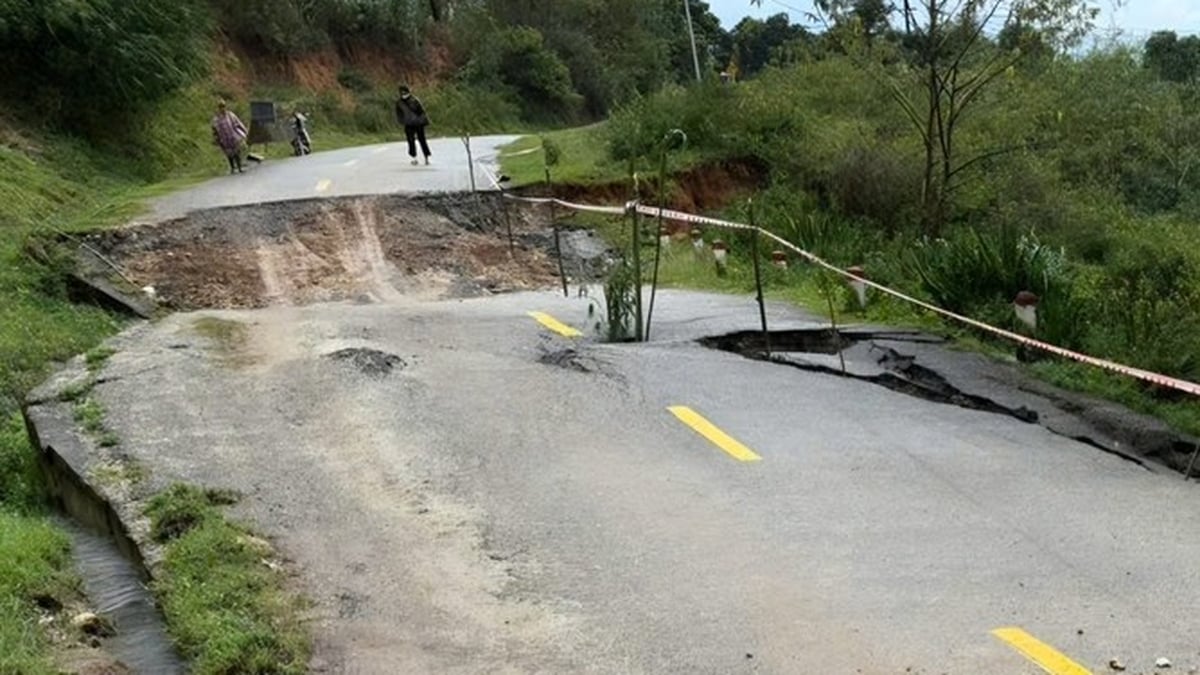
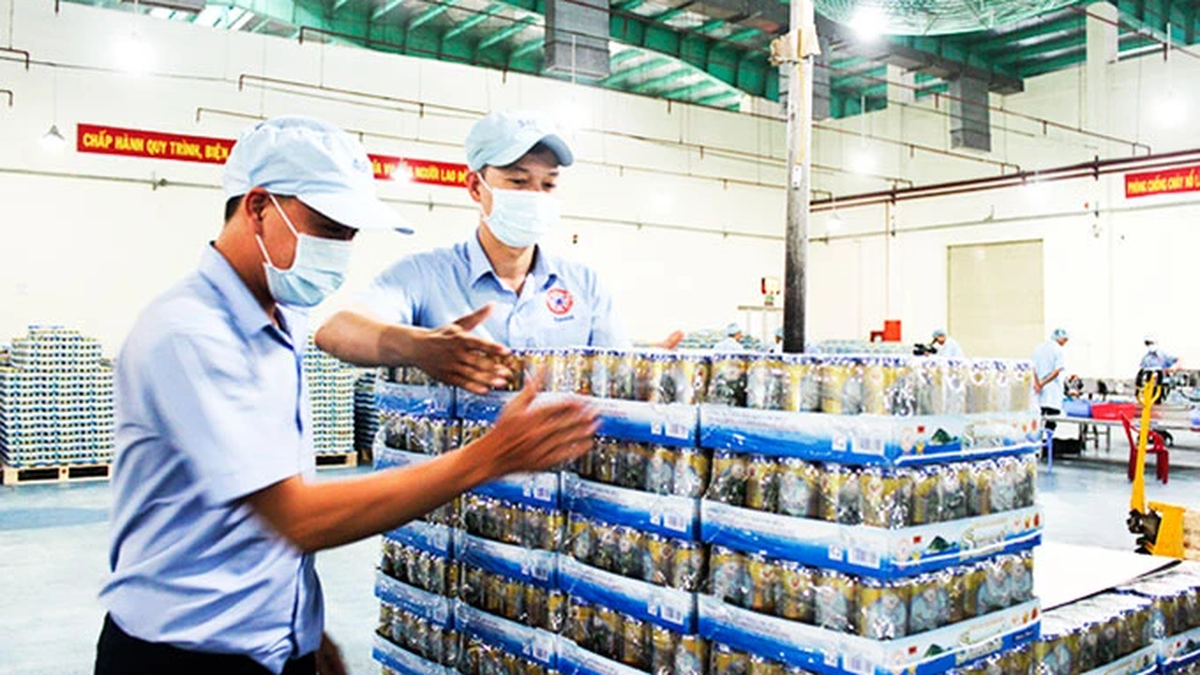
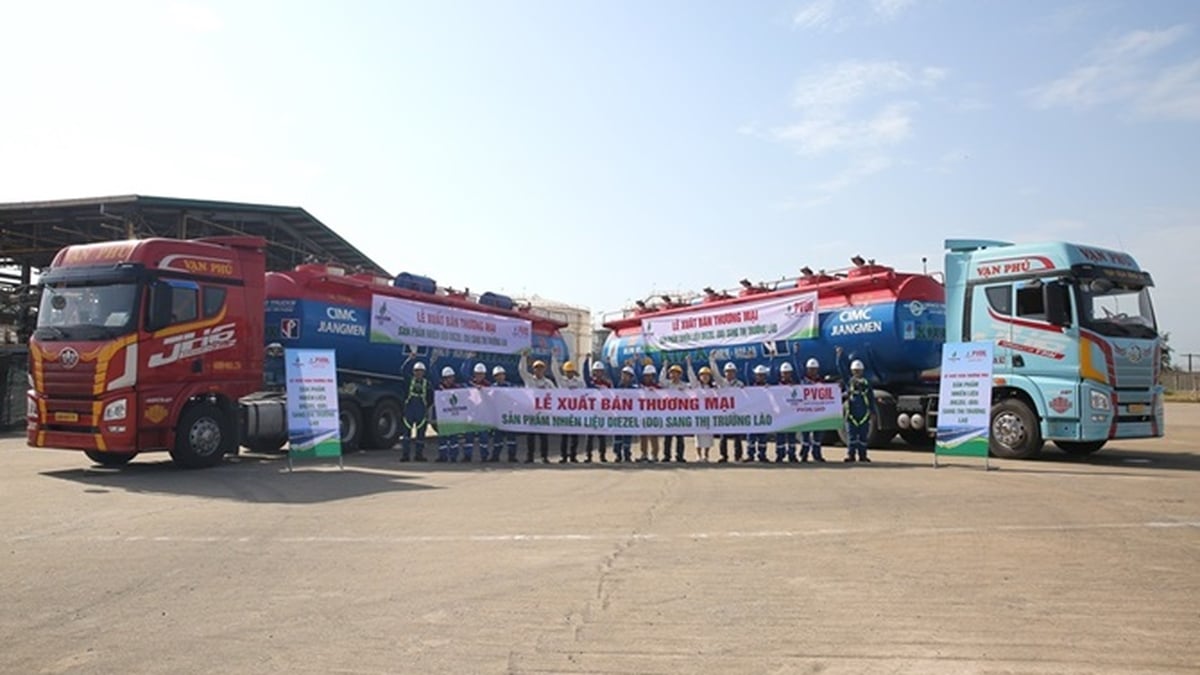
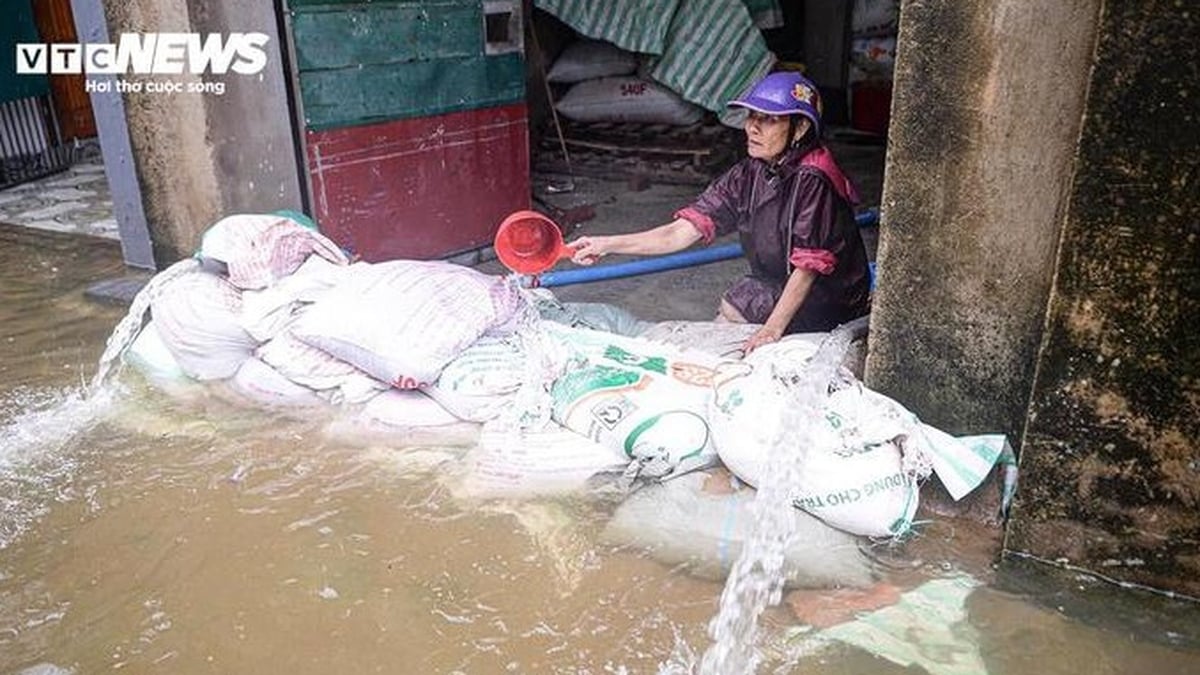


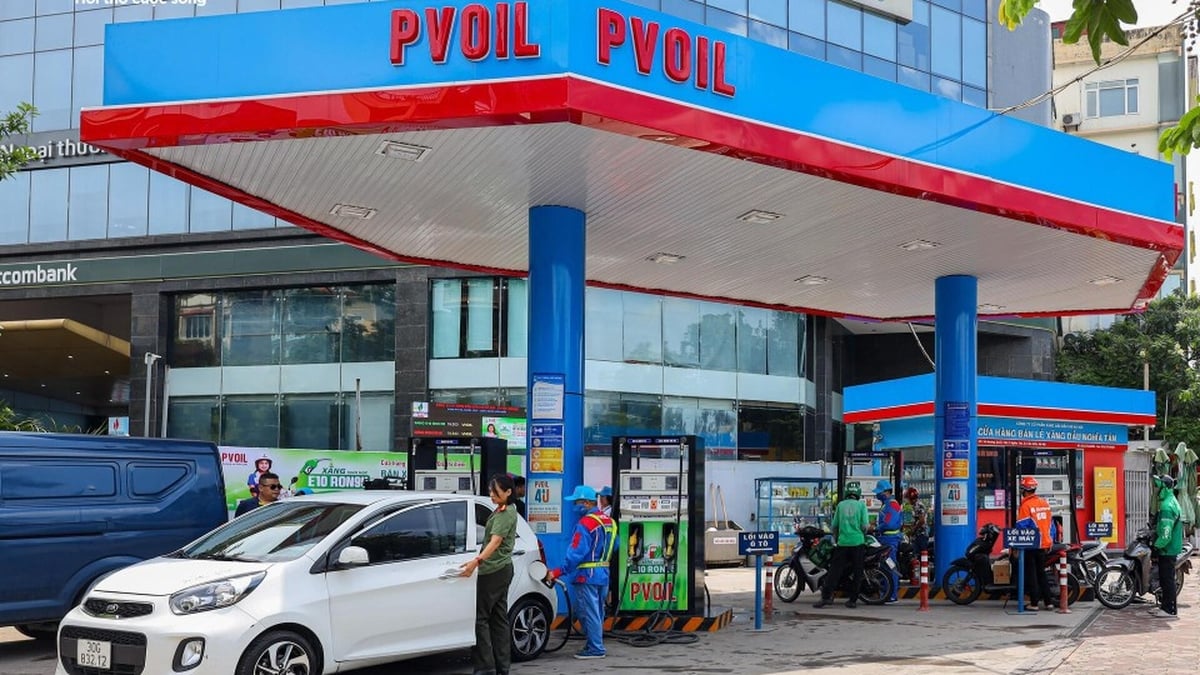
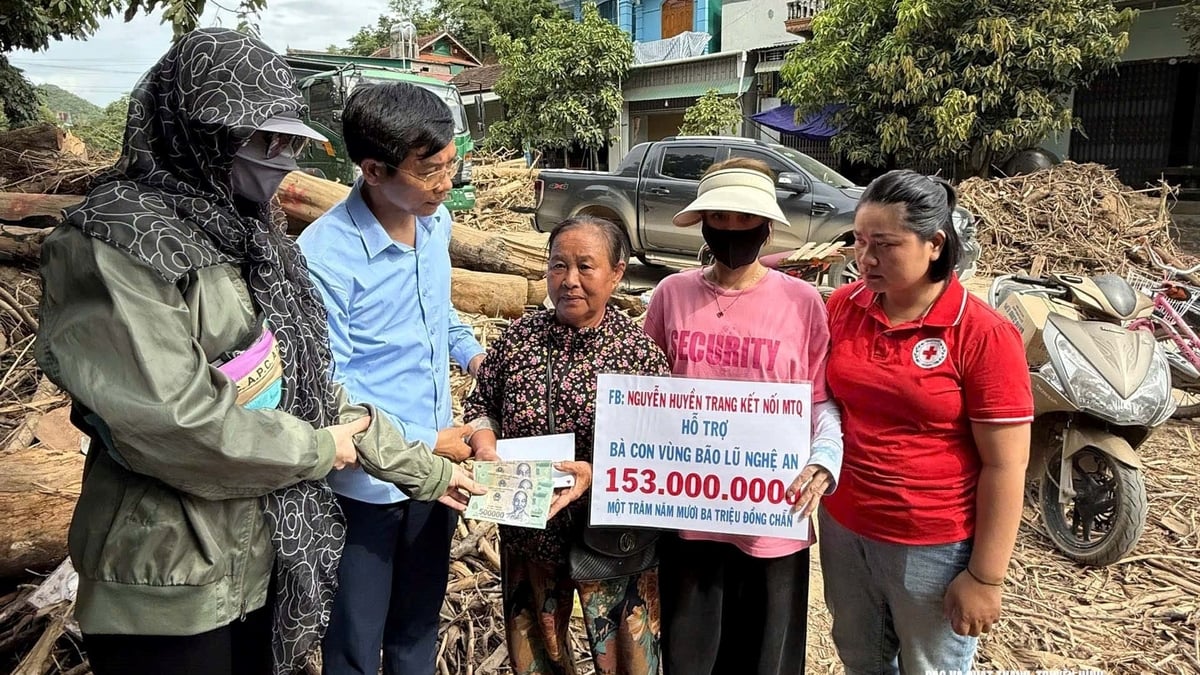






















































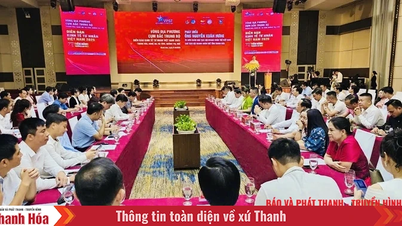

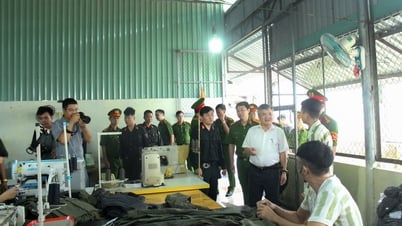


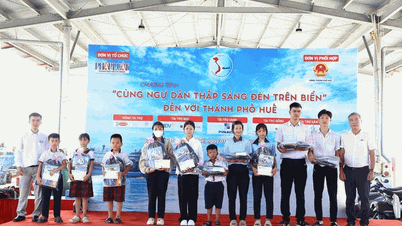







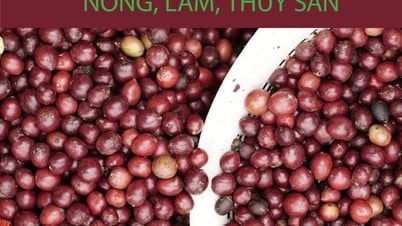
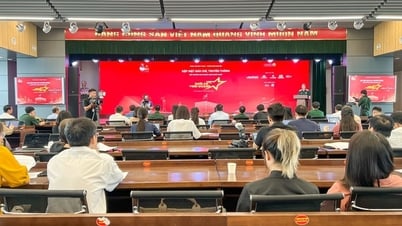






















Comment (0)